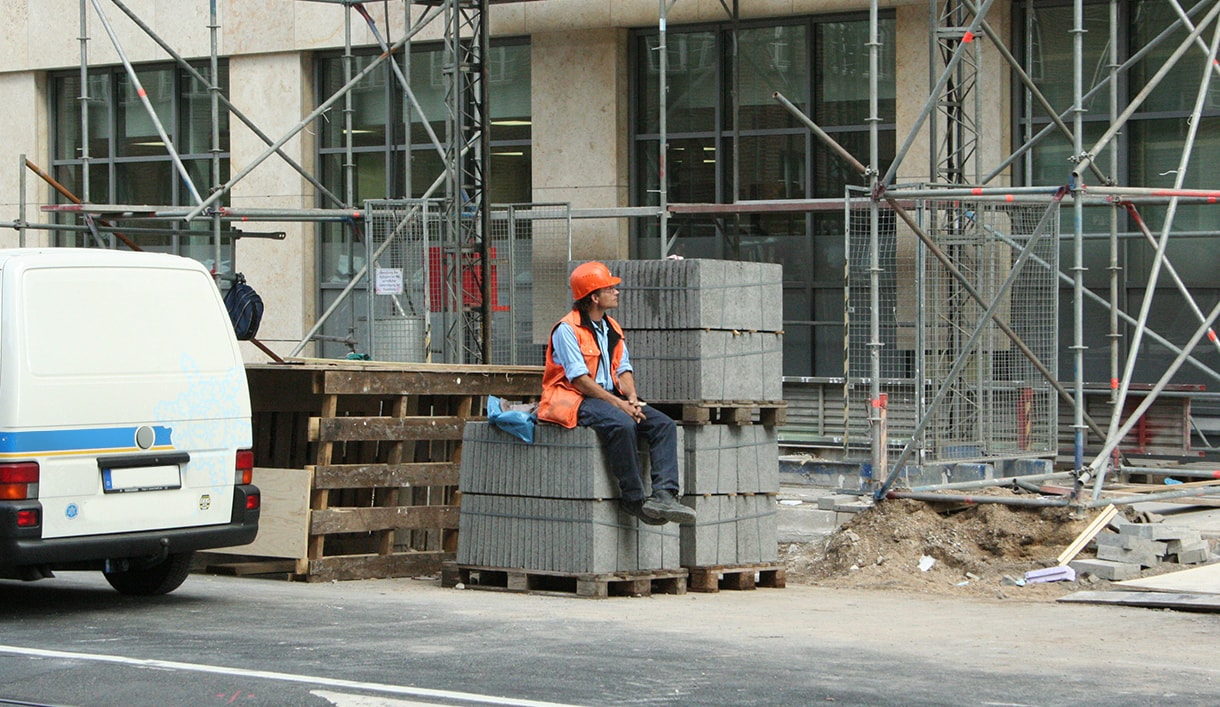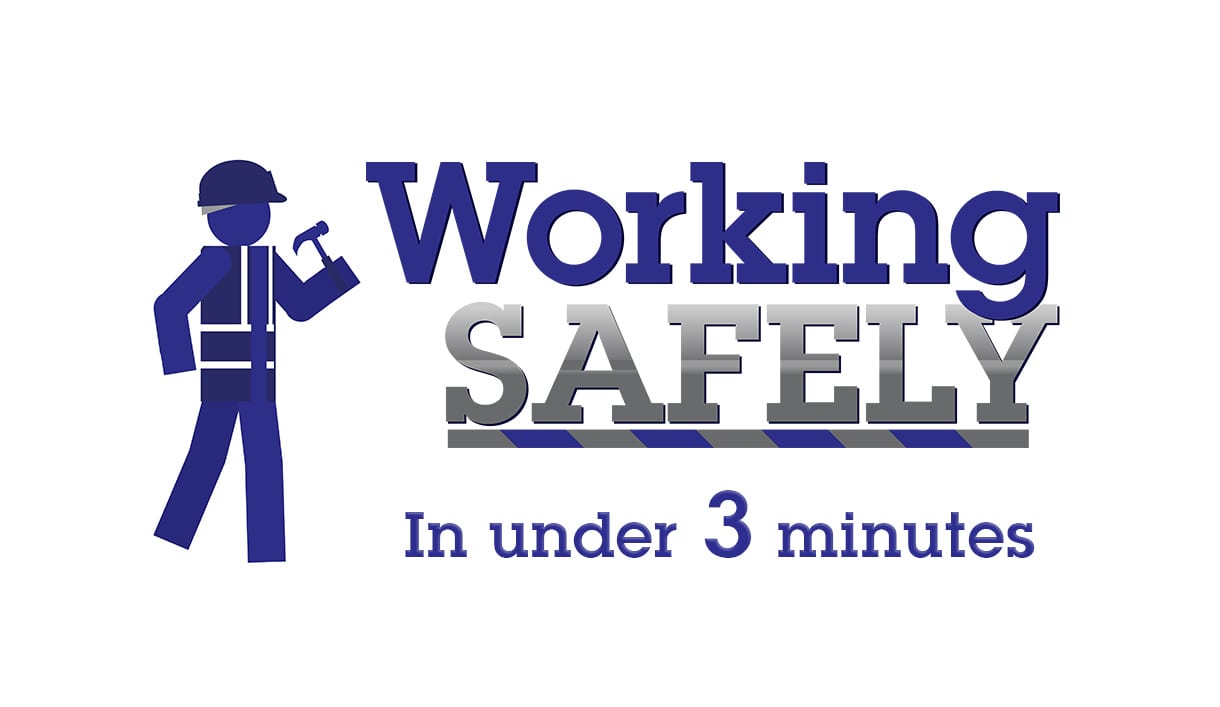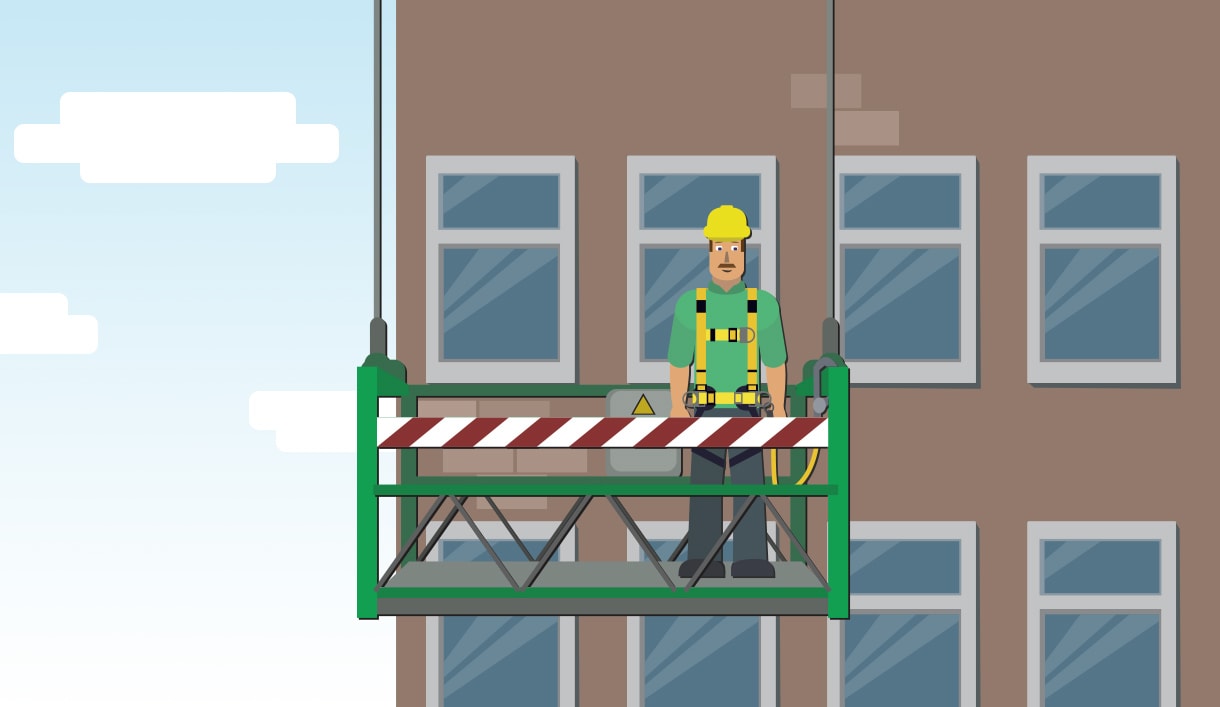What you need to know about Lone Working
Staying safe and being prepared for the unexpected
With lone working on the rise lately a lot of people may be wondering; exactly what constitutes this practice and what are the health & safety requirements?
A lone worker is essentially defined as an employee who works by themselves without direct supervision, perhaps on a remote site, in their own home or on the move. It can be carried out in a variety of occupations with the following being some of the most likely examples:
- Site Security guards.
- Nurses and medical staff.
- Night shift cleaning staff.
- Quantity surveyors.
- Police officers.
- Postal delivery.
- Fire service men.
- Forestry or agricultural workers.
- Social workers.
- HSE Inspectors.
Whether any of the above are considered to be lone working depends upon specifics of the role but key features will usually be shifts outside of normal hours, a higher than usual level of autonomy and reduced contact with other staff members.
Typical risks and control measures for lone workers
There are various risks lone workers are exposed to that should be accounted for carefully in an assessment of the role, some of the most likely being the following:
- Violence from trespassers or unwanted guests.
- Physical abuse carried out by third parties.
- Verbal abuse carried out by third parties.
- Contact with stray dogs or cattle, along with other potentially hostile animals and wildlife.
- Risks to the health of people suffering from a known medical condition.
- Risk of medical staff receiving needle stick injuries.
- Theft of work equipment belonging to the lone workers.
Employers have a legal obligation to protect any employees carrying out lone working operations, to ensure this the following risk control measures and requirements must be covered:
- Lone working policy should be in place before commencing employment.
- Lone working risk assessment must be carried out in order to ensure that suitable and sufficient control measures are in place to protect the various occupational working practices associated with the business.
- Provide suitable and sufficient confrontation training to all lone working employees.
- Provide and ensure adequate means of communication are in place such as mobile phones or panic buttons to warn management if an emergency security threat arises.
- Provide suitable measures for standby security staff to assist carrying out home visits in known areas which are likely to prove hostile.
- Provide first aid provision suitable for the various lone working activities and risks posed.
- Ensure that suitable insurance premiums are in place to compensate employees in the event of accident or injury.
- Ensure that suitable welfare facilities are available for the lone workers.
- Ensure that sufficient emergency response plans are in place tailored to the specific lone working occupation.
- Provide adequate means of regular consultation with the lone workers in order to discuss the current lone working policy and safe systems of work requirements.
Be dynamic!
Outside a controlled environment or on the move it is largely inevitable that the risks and subsequent hazards will be greater in most cases. You can plan ahead for issues a lone employee is likely to face but there’s no guarantee an unexpected hazard won’t occur.
With this in mind it is important that the workers likely to face unknown situations are trained to carry out ‘dynamic risk assessments’ alone. Thus, when they are entering a new environment or an unexpected situation arises they can think on their feet and make a call on whether it is safe to continue working as planned without necessarily needing input from management.
Whatever the situation or role may be, what’s crucial to ensure is that lone workers are prepared for the best and the worst case scenarios, armed with the knowledge, equipment, resources and support to minimise the chances of a disaster.
Applicable Legislation / Regulations
- The Health & Safety at Work Act 1974
- The Management of Health & Safety at Work Regulations 1999
Kai Young









Thank you Kai, it’s very detailed, informative and educative.
Nice initiative it will be an honour to collobaorate with you to learn more from you. please you can reach me through my website link at the University of Nigeria (NSUKKA).
Thanks